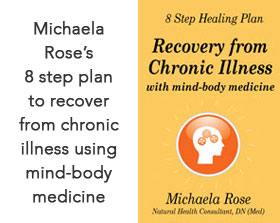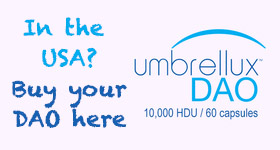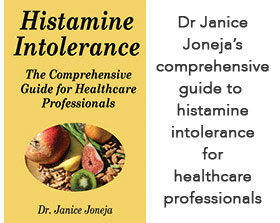Molecular scientists, Declan P Naughton and
Andrea Petroczi of Kingston University, London, have been measuring the ‘target hazard quotients’ (THQs) – the measures designed by the US Environmental
Protection Agency to determine safe levels of frequent, long-term exposure to various chemicals – and have calculated that drinking just one glass of wine a day may carry significant risk.
A THQ over one indicates a health risk. Typical wines, Naughton found, have a THQ ranging from 50 to 200 per glass. Some wines had THQs up to 300. By comparison, THQs that have raised concerns about heavy-metal contamination of seafood typically range between one and five.
The metal ions that accounted for most of the contamination were vanadium, copper and manganese, although zinc, nickel, chromium and lead also had THQs above one. Some 30 other metal ions were measured in the wines, but THQs could not be calculated because safe daily levels for these metals are not known.
All of these oxidating metal ions pose potential problems. But the manganese contamination particularly worries behavioural neurotoxicologist Bernard Weiss, PhD, professor of environmental medicine at the University of Rochester who was not involved in the Naughton study. Manganese accumulation in the brain, Weiss notes, has been linked to Parkinson's disease.
Based on the maximum THQs for wines from each nation these are the worst offenders: Hungary, Slovakia, France, Austria, Spain. Germany, Portugal, Greece, Czech Republic, Jordan, Macedonia and Serbia. Argentinean and Italian wines did not have significant maximum THQ values.
Where do the heavy metals come from? That's unknown. Naughton says possible sources include the soil of the vineyards in which the wine grapes are grown, the fungicides sprayed on the grapes, and possible contaminants in the yeasts used to ferment the wine.
Naughton and Petroczi did not directly measure heavy metals in the wines, but calculated THQs from data published in scientific journals. Since there was no data on heavy metals in US wines, they did not include North American wines in their analysis.
Weiss says he'd like to see such data. He'd be interested to see whether national health databases can link health problems to daily wine consumption, and whether wine drinkers have higher concentrations of heavy metals in their bodies than teetotalers.
In their paper, Naughton and Petroczi note that drinking red wine has been linked to health benefits because it contains antioxidant compounds. However, they suggest that the finding of hazardous levels of metal ions that can be pro-oxidants leads to a major question mark over the protective benefits of red wine.
Read more
Source: Chemistry Central Journal Oct. 29
More research reports on alcohol and wine
First Published December 2008
Top of page |










